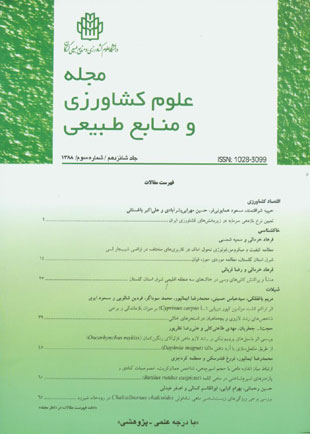Improved genomic DNA isolation method from tuber, root, stem and leaf of potato plant (Solanum tuberosum L.)
Extraction of high quality DNA is very important for genetic research. The extraction of high quality DNA from potato plant tissues is very difficult due to a high amount of polysaccharides, proteins and inhibiting compounds such as phenolic compounds and other secondary metabolites which have negative effects on DNA digestion, PCR and DNA cloning. To overcome these problems an efficient and simple protocol for DNA isolation from potato plant was developed by optimizing the existing methods. The results of this study showed that, the contaminants and pigments were limited to minimum in isolated DNAs from different parts of potato plants by adding 2-mercaptoethanol, PVP and 2.5 M NaCl into extraction buffer, and also the increasing of washing steps such as using of washing buffers, 5 M NaCl and 8 M LiCl. The quality of extracted DNA from tuber, root, stem and leaf of potato plants with this method were compared with Dellaporta et al. (1983) and Doyle and Doyle (1990) methods in 0.8% agarose gels. In addition, the results of PCR analysis showed that the isolated DNA of tuber, root, stem and leaf by this protocol consistently had high quality and functional in comparision with two other tested methods.


